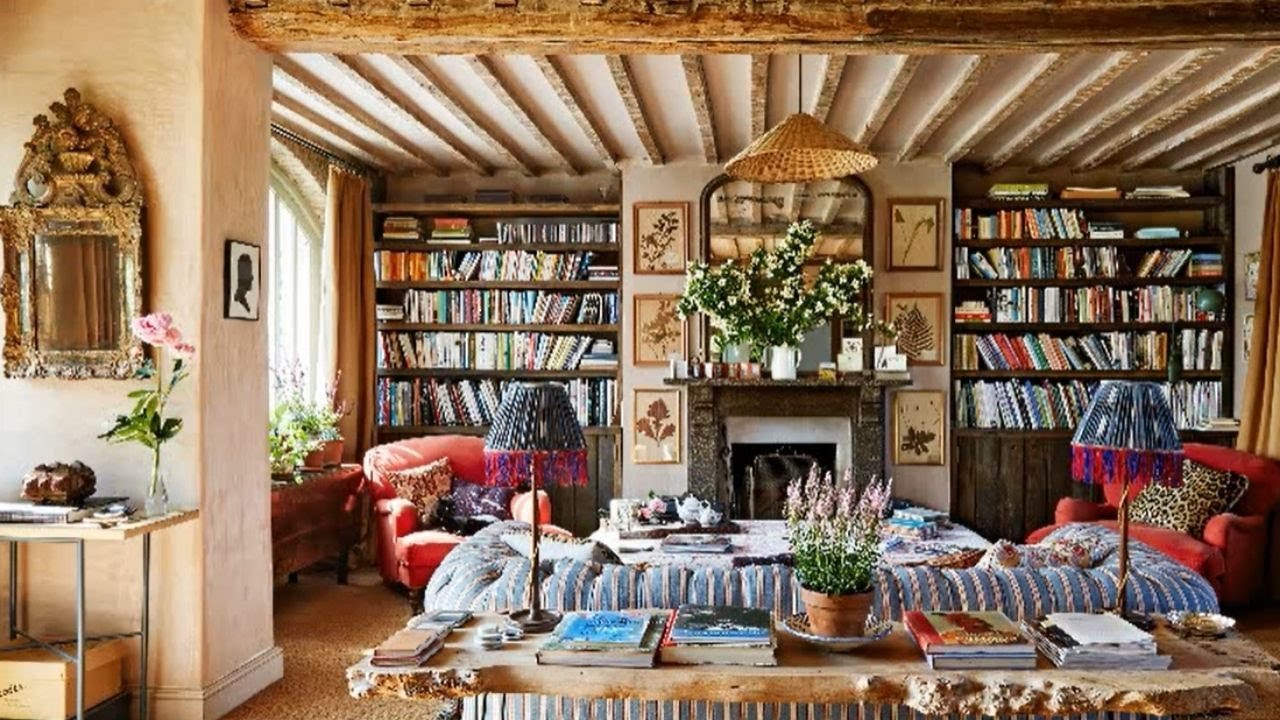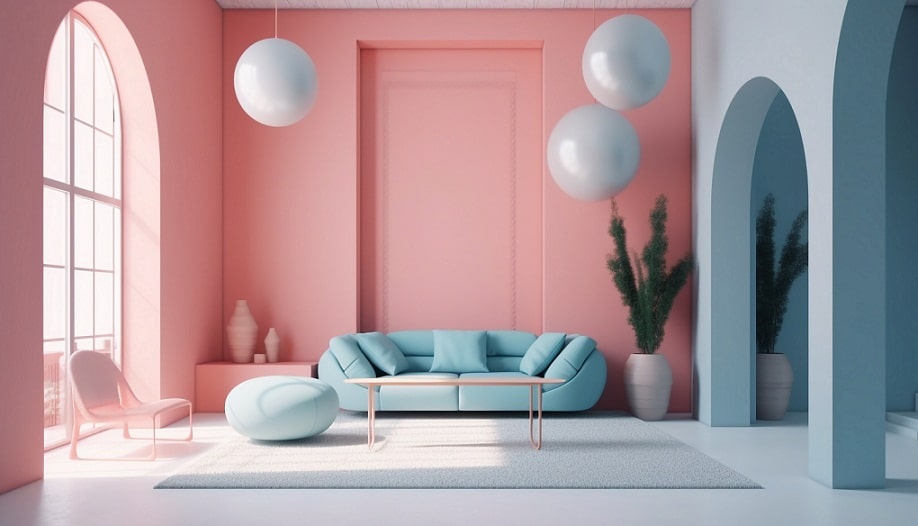The power of lighting design cannot be overstated when it comes to creating a welcoming and functional home. Lighting is a fundamental element of interior design, with the ability to significantly influence the ambiance, functionality, and overall aesthetic appeal of a living space.
Lighting design is more than just illuminating a room – it’s about crafting an atmosphere that enhances your daily life. From setting the perfect mood to improving functionality and accentuating your home’s architectural features, good lighting design can have a profound impact on the way you experience your living spaces. Whether you’re looking to create a cozy and intimate setting or a bright and energizing environment, understanding the principles of lighting design is essential.
The Role of Lighting Design in Home Ambiance
Lighting has the power to shape the mood and atmosphere of a room. The type of lighting, color temperature, and the way it’s layered can all contribute to the overall ambiance of a space. By carefully selecting and positioning your lighting sources, you can curate an ambiance that reflects your personal style and preferences.
Setting the Mood
Different lighting types can evoke distinct moods and emotions. Overhead lighting, such as chandeliers or recessed fixtures, can create a sense of grandeur and elegance, while table lamps and floor lamps can foster a cozy and intimate atmosphere. Accent lighting, like wall sconces or track lighting, can highlight architectural features and add visual interest to a room.
Lighting Types
Incorporating a variety of lighting types is key to creating a harmonious and layered ambiance. Overhead lighting provides general illumination, while task lighting, such as pendant lights or under-cabinet lighting, enhances functionality in specific areas. Accent lighting, on the other hand, can be used to highlight artwork, architectural details, or other design elementshttps://comeawayhome.co.uk/unique-design-elements-of-jason-kelce-beach-house/, adding depth and dimension to the space.
Color Temperature
The color temperature of your lighting can also significantly impact the ambiance of a room. Warm, incandescent bulbs (2700K-3000K) can create a cozy and inviting atmosphere, while cool, LED bulbs (4000K-6500K) can have a more energizing and refreshing effect. Neutral color temperatures (3500K-4000K) offer a balanced and versatile option that can work well in a variety of settings.
Layering Lighting
Layering different lighting sources is essential for achieving a well-balanced and harmonious ambiance. By combining overhead, task, and accent lighting, you can create depth, dimension, and visual interest in a room. This layered approach allows you to adjust the lighting levels and create the perfect ambiance for any occasion, from intimate gatherings to lively entertaining.
Lighting Design and Functionality
Lighting design isn’t just about creating the right atmosphere – it also plays a crucial role in enhancing the functionality of your home. From task lighting that improves productivity to accent lighting that highlights specific features, good lighting design can make your living spaces more practical and efficient.
Task Lighting
Task lighting is essential for improving functionality and productivity in specific areas of your home. In the kitchen, under-cabinet lighting can illuminate countertops and make food preparation easier. In a home office, desk lamps or floor lamps can provide the necessary illumination for reading, writing, and computer work. In a reading nook or craft area, focused task lighting can help you see clearly and minimize eye strain.
Accent Lighting
Accent lighting is a powerful tool for highlighting architectural features, artwork, or other design elements. By strategically placing accent lights, you can draw the eye to specific areas of the room and create a sense of depth and visual interest. This can be particularly effective in showcasing built-in shelves, fireplaces, or even unique architectural details.
Safety and Security
Good lighting design can also contribute to the safety and security of your home. Proper outdoor lighting, such as motion-activated floodlights or pathway lighting, can deter intruders and provide a sense of security for your family. Indoor lighting can also play a role in safety, ensuring that hallways, stairways, and other high-traffic areas are well-lit and easy to navigate, reducing the risk of accidents.
Energy Efficiency
In today’s environmentally conscious world, energy-efficient lighting options are becoming increasingly important. By incorporating LED or other energy-efficient bulbs into your lighting design, you can reduce your home’s energy consumption and carbon footprint, while still enjoying the benefits of good lighting. Additionally, smart lighting systems and automated controls can further optimize energy usage and provide added convenience.
Lighting Design and Aesthetic Appeal
Lighting design is not just about functionality – it’s also a crucial component of the overall aesthetic appeal of your home. From creating visual balance to highlighting architectural features, good lighting design can elevate the beauty and harmony of your living spaces.
Visual Balance
Achieving visual balance through lighting design is essential for creating a cohesive and visually appealing space. By carefully positioning and scaling your lighting sources, you can ensure that the room feels balanced and harmonious, with no one area overpowering the others. This can be particularly important in open-concept layouts, where lighting can help define and delineate different zones.
Focal Points
Lighting can be used to create focal points and draw the eye to specific areas of a room. Whether it’s a stunning piece of art, a fireplace, or a beautiful architectural detail, strategic lighting can help accentuate these features and make them the centerpiece of the space. This can add depth, dimension, and visual interest to your home’s design.
Textural Contrast
Lighting design can also be used to enhance textural contrast and visual interest within a room. By casting shadows and highlighting different materials and surfaces, you can create a sense of depth and dimension that adds richness and complexity to the overall aesthetic. This can be particularly effective in spaces with a mix of textures, such as wood, stone, and fabrics.
Architectural Features
Lighting can be a powerful tool for highlighting and accentuating the architectural features of your home. From showcasing intricate moldings and high ceilings to drawing attention to unique architectural details, strategic lighting placement can help elevate the beauty and elegance of your living spaces. This can be especially impactful in homes with distinctive architectural styles or historical significance.
You may also read (is tesla making tiny houses)
Common Lighting Design Mistakes and Solutions
While good lighting design can transform your home, it’s important to be aware of common mistakes that can detract from the overall aesthetic and functionality. Understanding these pitfalls and how to avoid them can help you create a cohesive and visually appealing lighting scheme.
Overlighting
One of the most common mistakes in lighting design is overlighting a space. This can result in a harsh, glaring environment that feels uncomfortable and unnatural. To avoid this, it’s essential to carefully consider the appropriate lighting levels for each room and task, and to use dimmable fixtures that allow you to adjust the brightness as needed.
Underlighting
On the flip side, underlighting a space can also be problematic, leading to dark and gloomy areas that feel uninviting. To prevent this, ensure that you have adequate general illumination, supplemented by task and accent lighting as needed. Pay close attention to the lighting levels in high-traffic areas, such as hallways and stairways, to ensure safety and visibility.
Inconsistent Lighting
Maintaining a consistent lighting design throughout your home is crucial for achieving a cohesive and harmonious aesthetic. Abrupt changes in lighting styles, color temperatures, or brightness levels can disrupt the flow and create a disjointed feel. Strive for a seamless transition between rooms by considering the overall lighting scheme and how it integrates with the rest of your home’s design.
Lighting Design for Specific Spaces
Different rooms and areas of your home may require unique lighting design considerations. For example, in the living room, a combination of overhead, task, and accent lighting can create a warm and inviting atmosphere. In the bedroom, softer, more ambient lighting may be more appropriate to foster a relaxing and restful environment. Understanding the specific needs and functions of each space can help you tailor your lighting design for maximum impact.
Conclusion
Lighting design is a crucial element of interior design that can significantly impact the ambiance, functionality, and aesthetic appeal of your home. By understanding the principles of lighting design and how to effectively incorporate different lighting types, color temperatures, and layering techniques, you can create living spaces that are both visually stunning and highly functional.
Remember, good lighting design is not just about illuminating a room – it’s about crafting an atmosphere that enhances your daily life. Whether you’re looking to create a cozy and intimate setting or a bright and energizing environment, the right lighting can transform your home into a harmonious and inviting oasis.
So, take the time to explore the world of lighting design and discover how it can elevate the beauty and functionality of your living spaces. With a little bit of planning and creativity, you can unlock the full potential of your home and create a space that truly reflects your personal style and preferences.
You may also read (stone mansion in nj where is it)




